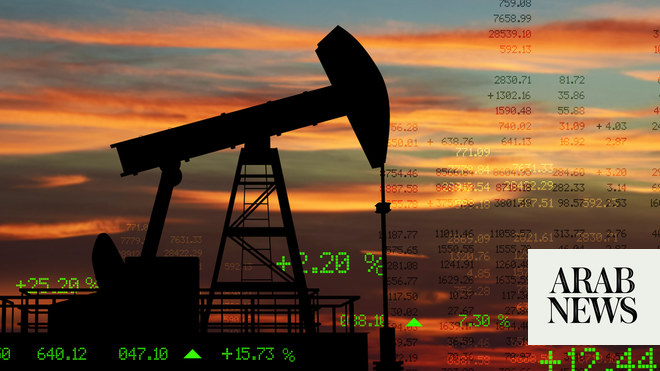
Energy Minister Prince Abdulaziz Bin Salman emphasized that OPEC+ does not target prices or prices ranges. He said, “Its (OPEC+) aim is to support market stability and supply and demand balance for the benefit of market.”
Prince Abdulaziz explained the recent OPEC decision and the affect of it on the market in an interview with Energy Intelligence published on Wednesday.
On Monday, OPEC and allies in OPEC+ agreed to revert to the production level of August 2022 for October 2022, noting that the upward adjustment of 0.1 mb/d to the production level was only intended for September 2022.
Also, OPEC+ members have trusted their chairman Prince Abdulaziz to consider calling for an OPEC and non-OPEC Ministerial Meeting anytime to address market developments if necessary.
Prince Abdulaziz described the recent OPEC decision as “an expression of our willingness to use all of the tools in our kit. This simple tweak shows that we are attentive, pre-emptive and proactive in terms of supporting the stability of the market to the benefit of market participants and the industry.”
About the cut of 100,000 barrels per day, he said, “This measure was a reversion to the production level of August. The addition of the 100,000 barrels in September was always intended as a measure for that month only.”
Pointing out to global recession, Prince Abdulaziz said, “We are seeing mixed signals in relation to economic growth from different parts of the world, and there has been a tendency towards exaggeration in some of the negative analyses of the global economic situation.”
He stressed also that historical data indicates that you could have recessions with limited oil demand contractions and in fact you could even have demand growth in recession years, as was the case in 1991.
Speaking on the main causes of the current volatile market, the Saudi minister said, “There is a self-perpetuating vicious circle in the paper market of extreme volatility and very thin liquidity.
“This has undermined the market’s essential function of efficient price discovery, with prohibitive costs for users of hedging and risk management techniques in oil and other commodities, creating new types of risk and instability.”
“This cycle is exacerbated by speculative reports and analysis about demand destruction, possible return of large supply volumes, and measures related to price caps, embargoes and sanctions,” he added.












